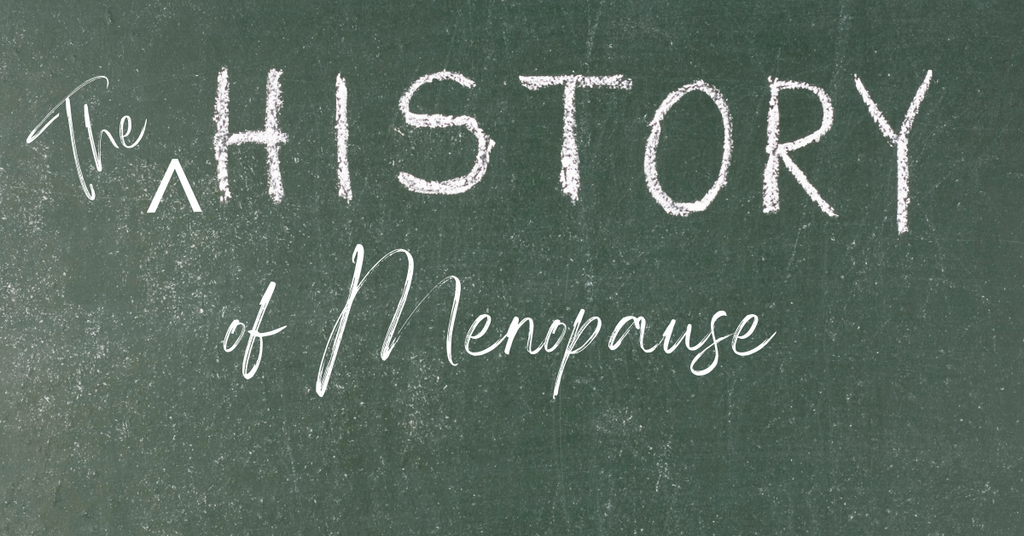The History of Menopause

│


│
Unfortunately, Dr. Ashwell’s influence was limited.
effectively cured menopause and hysteria 70% of the time.

Nobel-Prize winning biochemist Edward Doisy

│

***
THE USE OF HORMONE REPLACEMENT THERAPY PLUMMETS
DUE TO FEAR OF BREAST CANCER AND HEART ATTACKS
│
2012
Danish study
Concludes that women treated with long-term HRT early after menopause
“had significantly reduced risk of mortality, heart failure, or
myocardial infarction (heart attack), without any apparent increase of
cancer, venous thromboembolism (DVT) or stroke.
│
2021
The North American Menopause Society
“Hormone therapy is an acceptable option for the relatively young (up to age 59 or within 10 years of menopause) and healthy women who are bothered by moderate to severe menopausal symptoms.”
│
In the U.S. it's commonplace for physicians to stop talking
to women about sexual wellness after menopause

Women's health and wellness includes sexual health (whether you're sexually active or not), perimenopause, menopause, and post-menopause. Your physician should be initiating the conversations that need to take place around these topics. If you are a woman with a doctor who does not understand or pay attention to the health and wellness issues that are unique to females, it's time to look for a new doctor.
stay informed
stay proactive
stay healthy
Sources:
The Conversation, World Menopause Day: how cultural representations of ‘the change’ are empowering women, Katy Shaw, Professor of Contemporary Writings, Northumbria University, Newcastle, October 14, 2020
The New York Times, Why Is Perimenopause Still Such a Mystery?, Jessica Grose, April 30, 2021
Doctor’s Review, Mad With Menopause, Jackie Rosenhek, February 2014
US National Library of Medicine – National Institute of Health, The Controversial History of Hormone Replacement Therapy, Angelo Cagnacci & Martina Venier, September 2019


Leave a comment